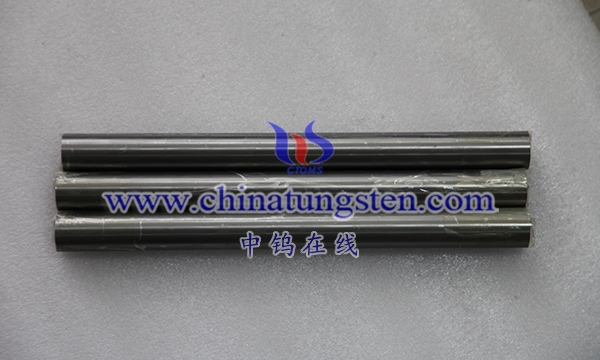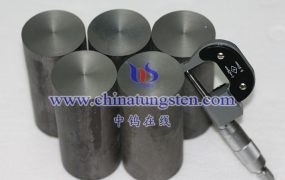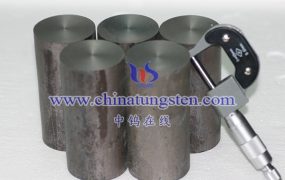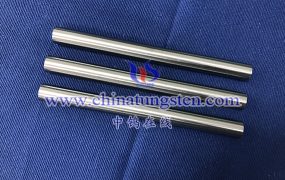Molybdenum rods generally exhibit better stability under thermal cycling. Due to its high melting point, low thermal expansion coefficient, and excellent mechanical strength, molybdenum rods can maintain the stability of their structure and properties under thermal cycling conditions.
Thermal cycling refers to the cyclic process in which a material undergoes a temperature rise and fall. During thermal cycling, materials thermally expand and contract due to changes in temperature, which can lead to fatigue, deformation, or cracking of the material. However, the molybdenum rod exhibits better stability under thermal cycling due to its low thermal expansion coefficient and excellent mechanical properties.
Molybdenum rod’s high melting point (approximately 2,620°C) allows it to maintain a stable structure in high temperature environments and has good resistance to thermal expansion. Its low coefficient of thermal expansion allows molybdenum rods to maintain small dimensional changes as temperatures rise and fall. In addition, the excellent mechanical strength of molybdenum rods enables them to resist stress and deformation caused by thermal cycling, extending their service life.

More details of molybdenum or molybdenum alloy products, please visit website: http://molybdenum-alloy.com/index.html
Please contact CHINATUNGSTEN for inquiry and order of molybdenum alloy products:
Email: sales@chinatungsten.com
Tel.: +86 592 5129595






